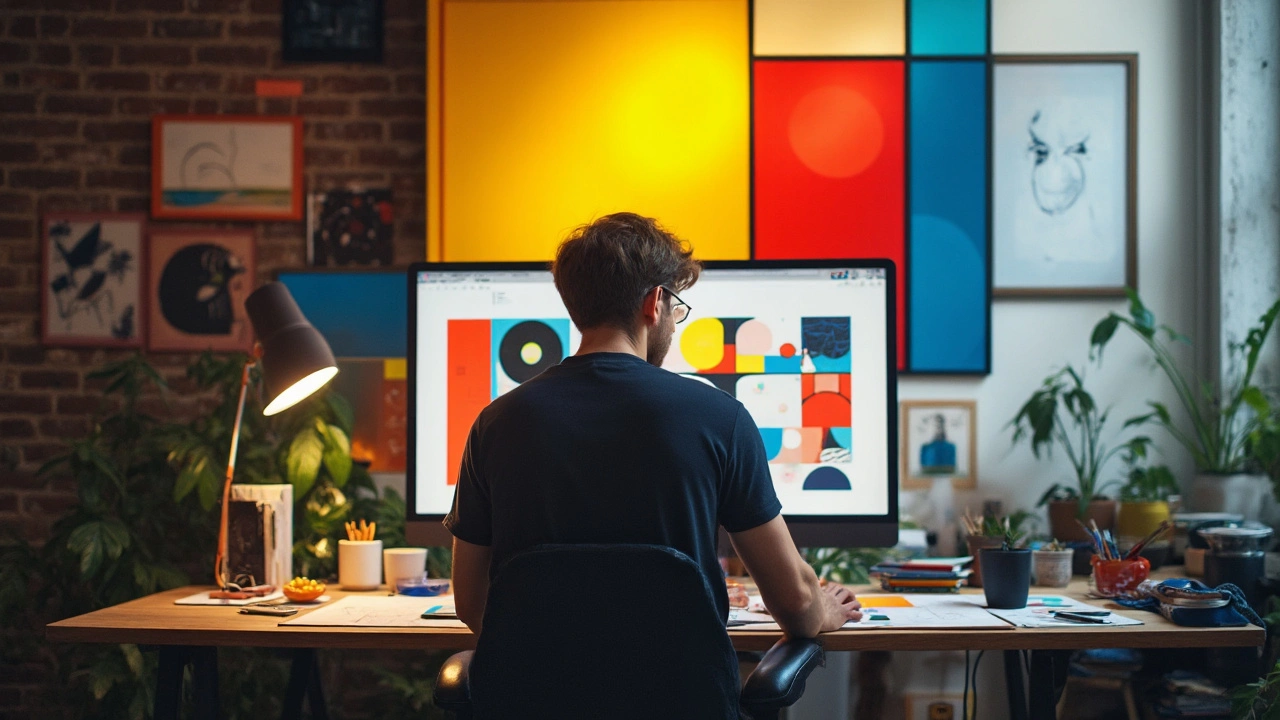Minimalism: Art and Design Made Simple
Minimalism looks simple, but that simplicity is a choice. This tag gathers practical articles that show how fewer elements can make stronger art, clearer design, and calmer rooms. Expect straightforward history, hands-on tips, and real examples you can use today.
What minimalism means in practice
Minimalism strips a piece down to what matters: shape, color, and function. In art that could mean a pared-back composition and a tight palette. In interiors it means clear surfaces, thoughtful furniture, and light that shows form. Several posts here dig into movements that shaped minimal thinking—Bauhaus principles, clean modernism, and even Constructivist ideas about form and function. Those pieces explain the roots so you can copy the good parts without copying old styles wholesale.
If you're an artist, focus on contrast, negative space, and one strong idea per work. If you design spaces, pick a single focal object, limit materials, and use texture instead of clutter. The rule isn’t "no stuff"—it’s "only what earns its place." That shift changes how a room or painting feels.
How to use the posts here right now
Start with short, practical reads: the Bauhaus and modern design articles show how to simplify shapes and match function to form. For interiors, check the Avant-Garde Home Décor post for bold-but-minimal ideas—use one sculptural piece, steady color tones, and clear lines. For artists wanting technique, the entries on composition and installation art explain how to build impact with fewer elements.
Want immediate wins? Try these small experiments: remove half the objects on one shelf and see how the remaining items read; limit a painting to three colors and push shapes to contrast sharply; swap a patterned rug for a plain one and watch the room breathe. Each test teaches you which details matter and which are just noise.
This tag also links to related movements—Photorealism and Abstract Expressionism pieces appear here because they contrast with or inform minimal approaches. Seeing those differences helps you make clearer choices: where to simplify and where to let detail do the talking.
Browse posts like the Bauhaus guides, Constructivism overviews, and home-decor articles to build a practical toolkit. You’ll find clear examples, step-by-step tips, and inspiration for both creating art and designing spaces. Pick one article, try one small change, then come back and compare results. That’s how minimalism becomes useful, not just pretty.

